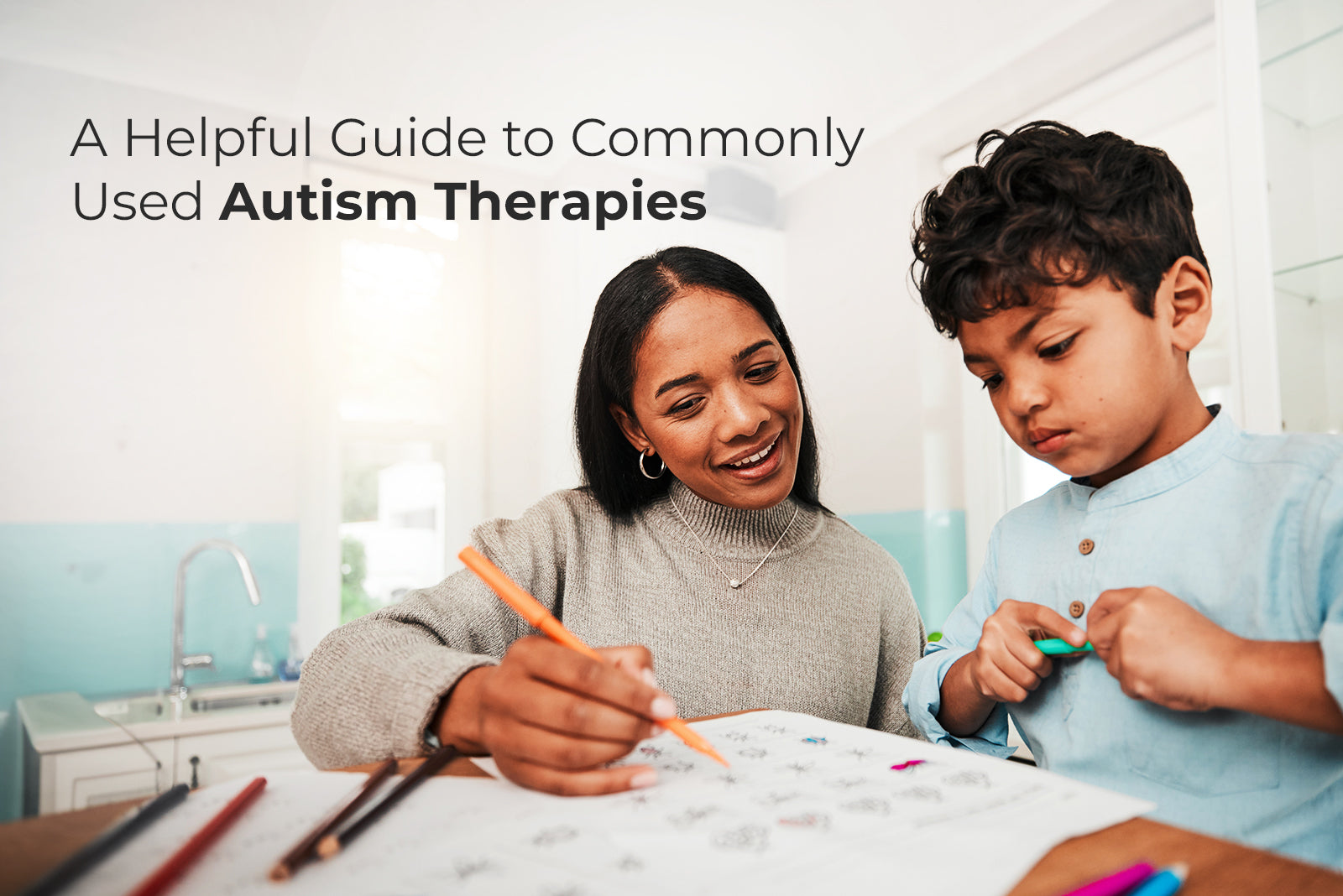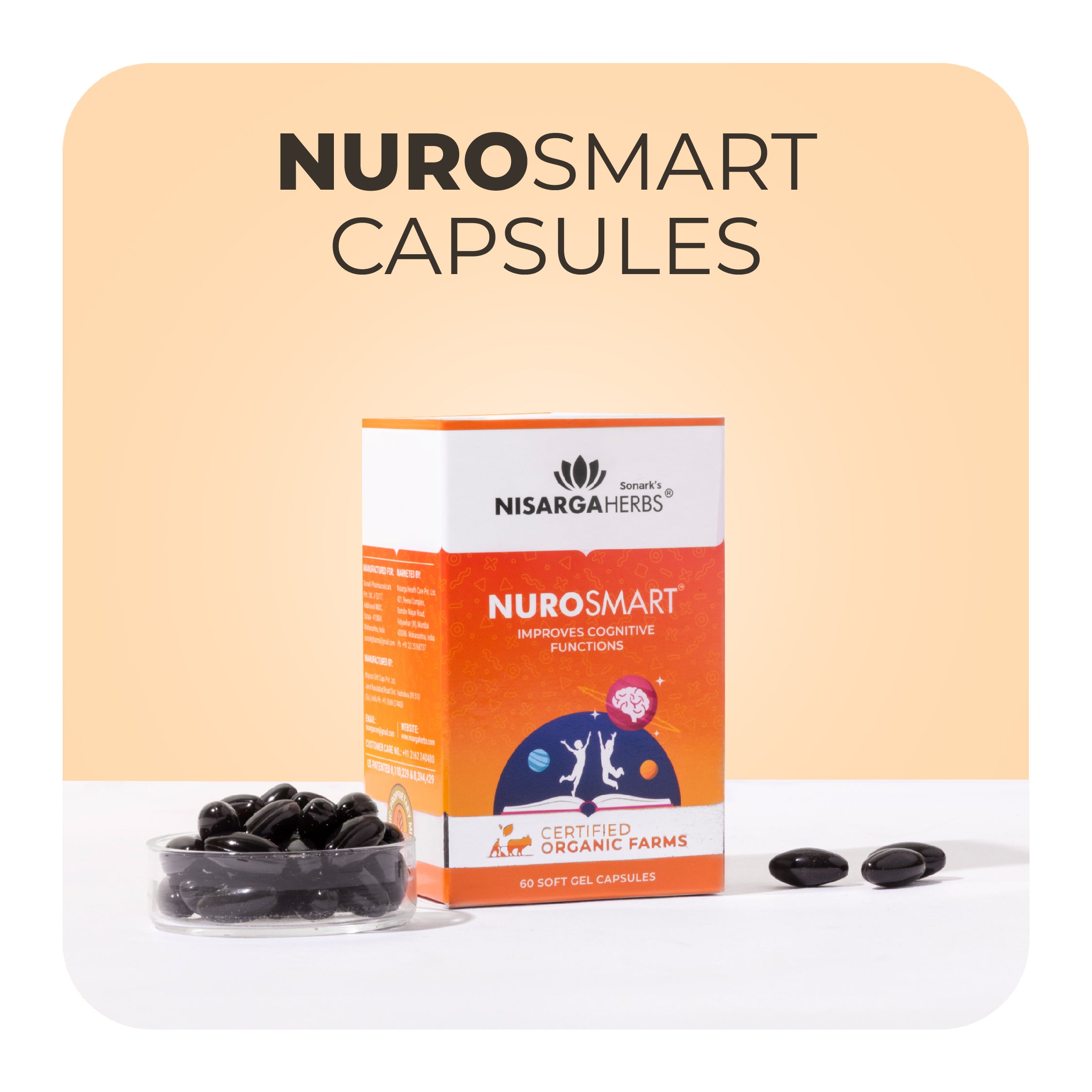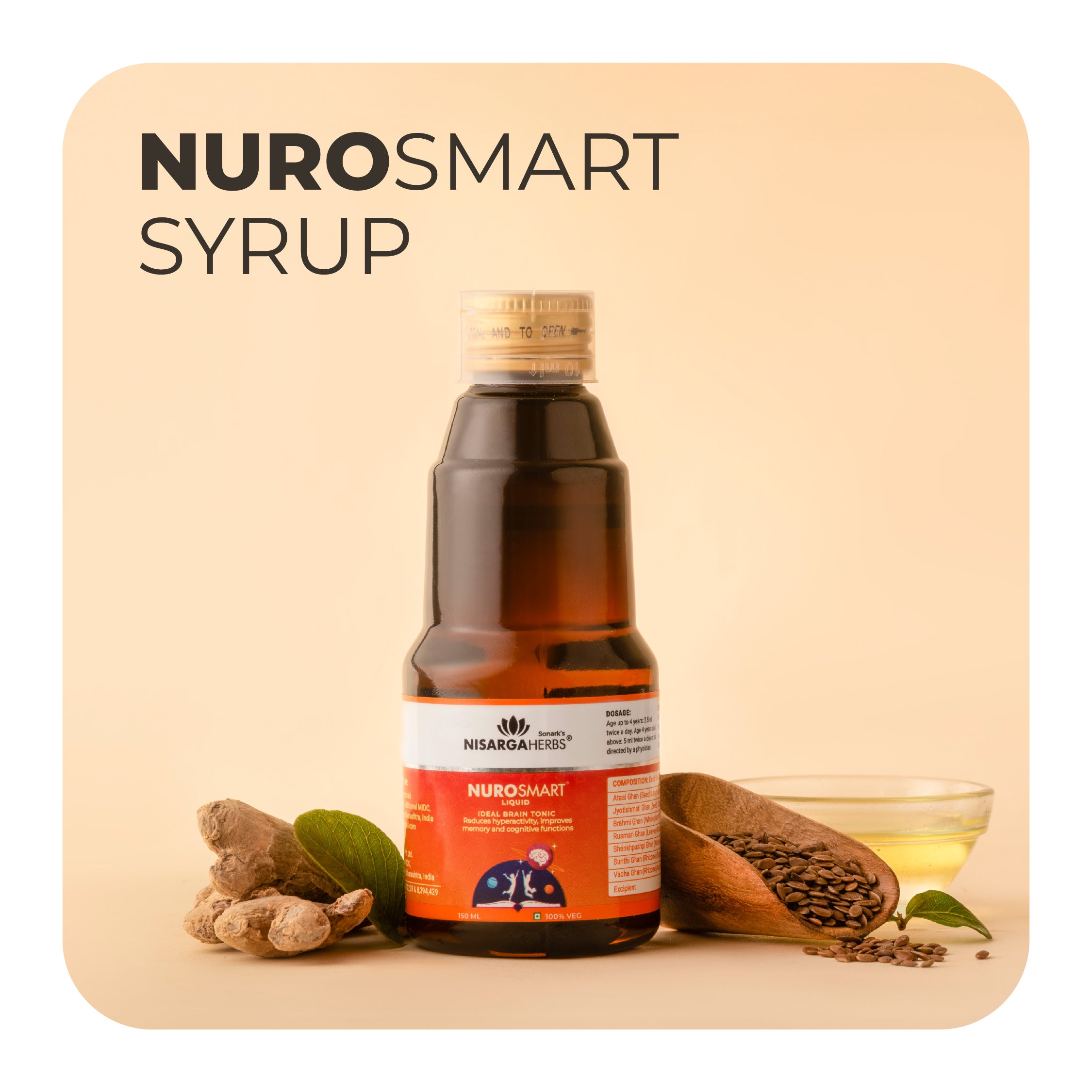A Helpful Guide to Commonly Used Autism Therapies

Receiving an autism diagnosis for your child can be overwhelming. You may be feeling uncertain, anxious, and eager to help them thrive. One of the most important decisions ahead is choosing the right therapeutic approach to support your child’s development.
There’s no single therapy that works for every child with Autism Spectrum Disorder (ASD). Instead, a tailored combination of therapies is often the most effective. This guide will help you understand the most commonly used therapies for autism — so you can make informed choices for your child’s future.
1. Occupational Therapy (OT)
Goal: Improve daily living skills, motor coordination, and social independence.
Children with autism may find everyday tasks like dressing, brushing teeth, or eating independently challenging. Occupational Therapy helps children become more self-sufficient by developing fine motor skills, sensory regulation, and life skills.
- Learning self-care routines
- Strengthening hand-eye coordination
- Social interaction practice through play
2. Sensory Integration Therapy
Goal: Help children process and respond to sensory input more effectively.
Many autistic children are either hypersensitive or under-sensitive to stimuli such as noise, touch, or light. Sensory Integration Therapy is a type of occupational therapy that focuses on these sensory processing challenges.
- Swinging and bouncing
- Weighted blankets or vests
- Deep pressure stimulation
3. Speech and Language Therapy
Goal: Improve verbal, non-verbal, and social communication skills.
Children with ASD often face delays in speech or struggle with communication cues. A speech-language pathologist helps children:
- Improve vocabulary and sentence construction
- Use gestures or picture boards (AAC) if non-verbal
- Understand and express emotions
- Practice conversational skills like taking turns
4. Play Therapy
Goal: Build connection, imagination, and social-emotional development.
Play Therapy uses structured and unstructured play to help children express emotions, form relationships, and develop critical social skills.
One popular method is Floortime, where the child leads the play while the therapist follows their interests. It encourages creativity, emotional sharing, and joyful interaction.
5. Cognitive Behavioral Therapy (CBT)
Goal: Teach emotional regulation, reduce anxiety, and improve coping skills.
CBT is especially helpful for autistic children who experience anxiety, emotional outbursts, or rigid thinking patterns. It helps them understand how their thoughts, feelings, and behaviors are connected.
- Breathing techniques for anxiety
- Role-playing social situations
- Identifying unhelpful thoughts and reframing them
- Practicing positive behavioral habits
6. Behavioral Interventions (ABA & PBS)
Goal: Improve behavior, communication, and life skills using evidence-based methods.
Behavioral interventions like Applied Behavior Analysis (ABA) and Positive Behavior Support (PBS) are among the most researched autism therapies. They work by reinforcing positive behaviors and reducing harmful or disruptive ones.
- Language development
- Toilet training
- Managing meltdowns or aggression
- Following routines and instructions
🌿 Ayurvedic Support for Cognitive Development
In addition to therapies, natural supplements can offer gentle yet effective brain support.
✅ Nurosmart Syrup by Nisarga Herbs
Formulated with 7 clinically supported Ayurvedic herbs, Nurosmart Syrup is designed to:
- Reduce hyperactivity and aggression
- Improve focus, memory, and attentiveness
- Support overall brain health in children
Nurosmart integrates traditional Ayurveda with modern clinical insights, making it a natural companion to behavioral and developmental therapies.
Final Thoughts
Autism is a spectrum, and every child’s journey is unique. With the right mix of therapies, emotional support, and brain-nourishing tools like Nurosmart Syrup, your child can thrive in their own way.
At Nisarga Herbs, we’re committed to combining traditional Ayurvedic wisdom with modern care to empower every child’s growth.
FAQs
Q1: What is the best therapy for autism in children?
There’s no single "best" therapy. A combination of occupational, speech, behavioral, and sensory therapies tailored to your child’s needs is most effective.
Q2: Can Ayurvedic products help with autism symptoms?
While they don’t replace therapy, Ayurvedic products like Nurosmart Syrup can support brain function, reduce hyperactivity, and improve focus when used alongside medical guidance.
Q3: Is early intervention important in autism?
Yes. Early diagnosis and intervention lead to better developmental outcomes in communication, behavior, and social skills.
Q4: How do I know which therapy is right for my child?
Consult with a developmental pediatrician or autism specialist. A personalized assessment helps create the best therapy plan based on your child’s symptoms and goals.


 Mental Wellness
Mental Wellness
 Vital Organ Wellness
Vital Organ Wellness
 Skin Wellness
Skin Wellness
 Immunity Wellness
Immunity Wellness
 Sexual Health
Sexual Health
 Bones Wellness
Bones Wellness
 Daily Wellness
Daily Wellness
 Kids Wellness
Kids Wellness
 Diabetes Wellness
Diabetes Wellness




